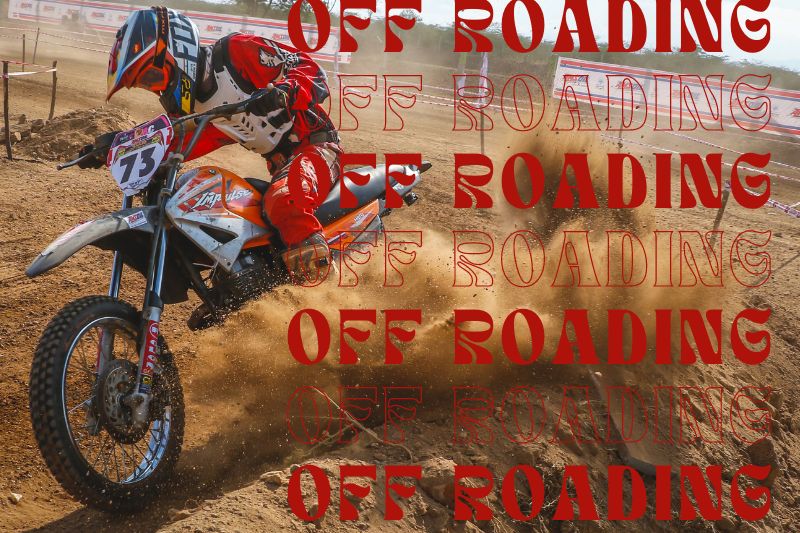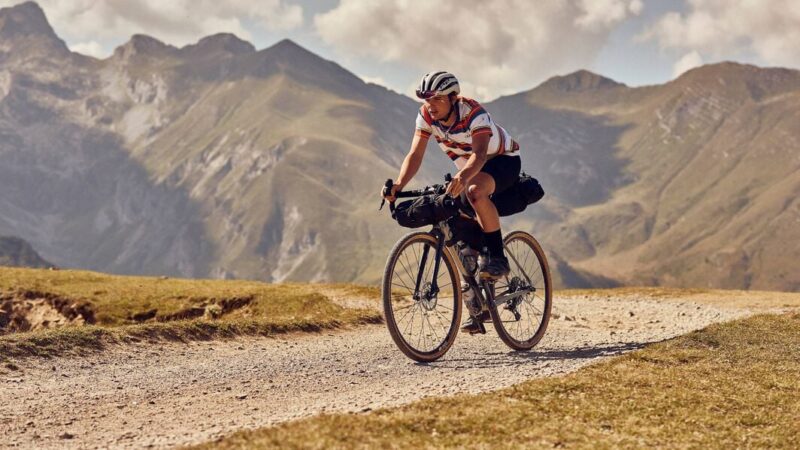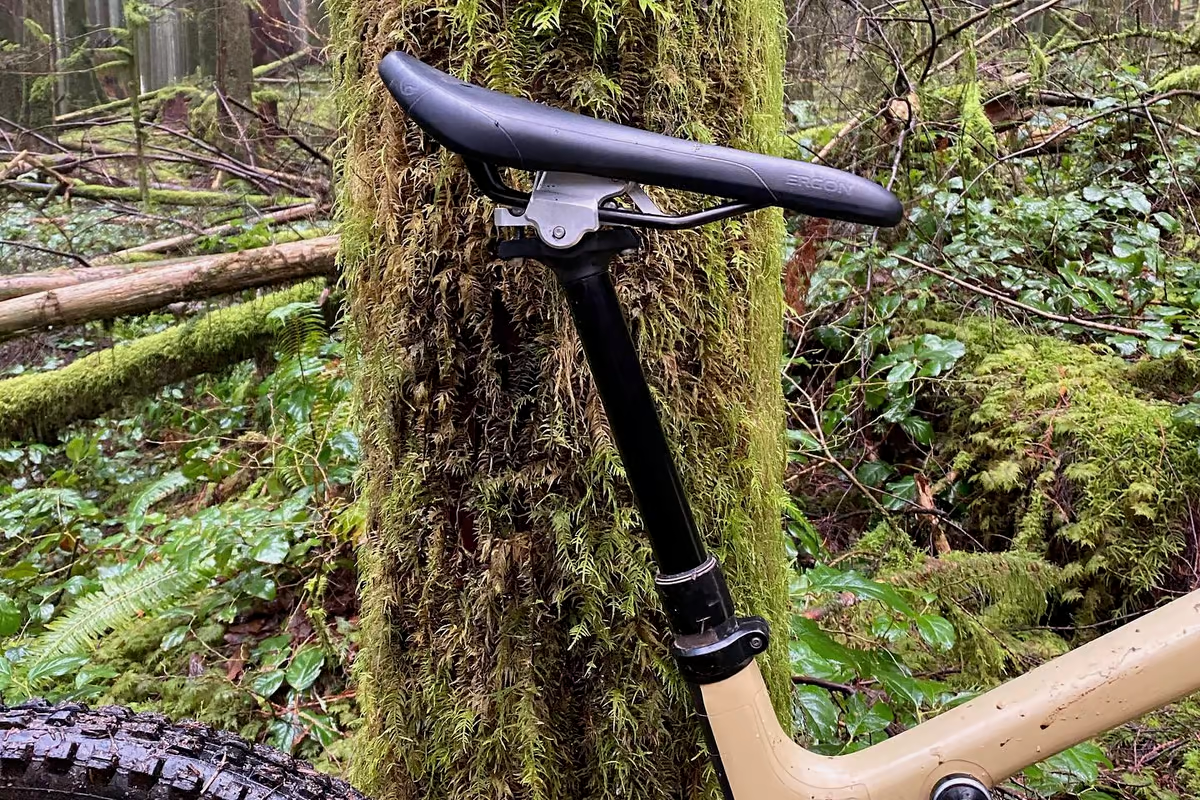
Choosing the right bike for trail riding can significantly impact your overall experience. While BMX bikes are traditionally associated with freestyle tricks and racing on smooth surfaces, they have certain attributes that might make them suitable for trail riding under specific conditions.
This article explores the benefits and drawbacks of using BMX bikes on trails.
Pros of Using BMX Bikes on Trails
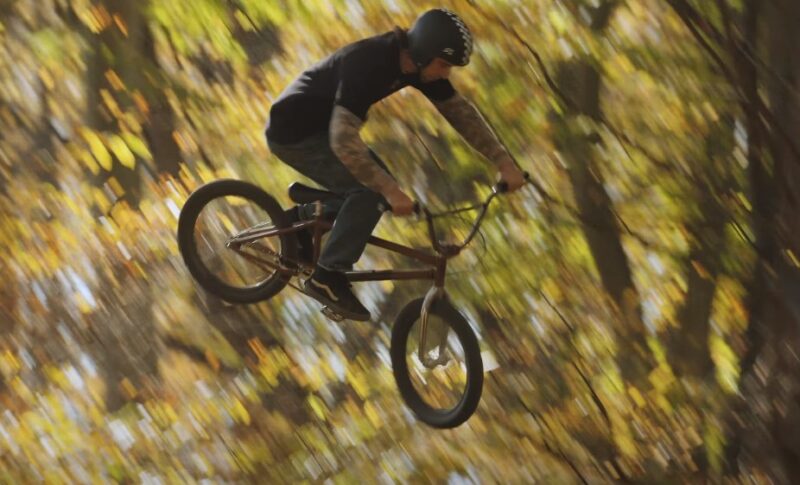
| Pros | Description |
|---|---|
| Durability | Built to withstand jumps and tricks, making them robust for rough terrain. |
| Lightweight | Easier to maneuver, especially for beginners or riders with less upper body strength. |
| Affordability | Generally cheaper than mountain bikes, making them accessible on a budget. |
| Maneuverability | Small frames and narrow handlebars allow for tight navigation. |
| Versatility | Can be used in skate parks, dirt tracks, and urban environments. |
Durability
BMX bikes are designed to handle the impact of jumps and tricks, making them highly durable. This robustness is advantageous when riding on trails, as it ensures the bike can withstand rough and uneven terrain without significant wear and tear.
Lightweight
One of the key benefits of BMX bikes is their lightweight design. This makes them easier to control and maneuver, particularly beneficial for riders who are new to off-road biking or who lack upper body strength. Lightweight bikes facilitate better handling and quicker response times on trails.
Affordability
Compared to mountain bikes, BMX bikes are generally more affordable. This cost-effectiveness makes them a great option for those who want to enjoy trail riding without a significant financial investment.
Maneuverability
The small frames and narrow handlebars of BMX bikes provide excellent maneuverability. This feature is crucial when navigating tight trails and performing precise movements.
Versatility
BMX bikes are versatile and can be used in different settings, such as skate parks, dirt tracks, and urban environments. This adaptability means that riders can enjoy multiple types of biking activities with a single bike.
Cons of Using BMX Bikes on Trails
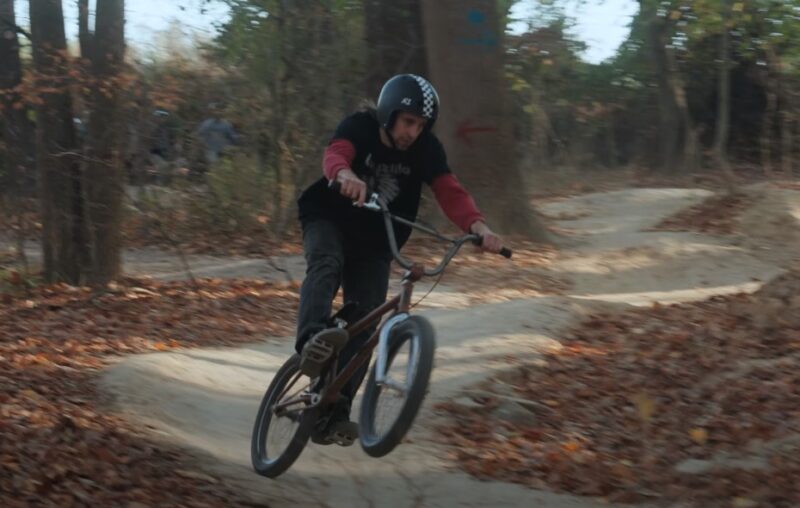
| Cons | Description |
|---|---|
| Limited Suspension | Most lack suspension, leading to a rough and uncomfortable ride on uneven terrain. |
| Small Wheels | The 20-inch wheels are not ideal for rolling over obstacles, making it harder to tackle rough terrain. |
| Single Gear | Often come with a single gear, which is not suitable for steep inclines and long rides. |
| Low Height | Low seat height can cause back strain, especially on long or uphill rides. |
| Not for Long Distances | Designed for short-distance and stunt riding, not for prolonged trail adventures. |
Limited Suspension
Many bikes designed for tricks and stunts, like BMX models, lack suspension. This absence can result in a rough and uncomfortable ride on trails with uneven terrain. Without suspension, riders feel every bump and jolt, making it difficult to maintain control and comfort.
Small Wheels
The standard 20-inch wheels found on these bikes are not ideal for navigating trails. Smaller wheels struggle to roll over obstacles such as rocks and roots, making it challenging to handle rough terrain.
Single Gear
Most bikes in this category come with a single gear, which can be a major limitation when riding on trails. This makes it difficult to tackle steep inclines and maintain a consistent pace over varying terrain. The lack of multiple gears means riders must exert more effort, particularly on uphill sections.
Low Height
The design of these bikes often includes a low seat height, which is suitable for tricks but not for long-distance rides. This low height can cause back strain, especially when riding uphill or over long distances.
Not for Long Distances
These bikes are designed primarily for short-distance and stunt riding rather than prolonged trail adventures. Their features are optimized for quick, intense bursts of activity rather than sustained efforts over long distances. This makes them less suitable for riders looking to cover significant mileage on trails.
Tips for Riding BMX Bikes on Trails
| Tips | Description |
|---|---|
| Adjust Riding Style | Stand up and use your body to absorb impacts due to the lack of suspension. |
| Wear Protective Gear | Use helmets, knee pads, and elbow pads to protect against falls and injuries. |
| Maintain Proper Tire Pressure | Ensure tires are inflated correctly for optimal traction and control. |
| Regular Bike Maintenance | Clean and lubricate the chain, check brakes and tires, and make necessary repairs. |
| Choose the Right Trails | Opt for smoother trails without excessive rocks and roots to compensate for the bike’s limitations. |
Adjust Riding Style
Due to the absence of suspension, it is crucial to adjust your riding style when using these bikes on trails. Stand up on the pedals and use your legs and arms to absorb the impacts of rough terrain. This technique helps to maintain control and reduces the discomfort from bumps and jolts.
Wear Protective Gear
Safety should always be a priority. Equip yourself with a helmet, knee pads, elbow pads, and gloves to protect against potential falls and injuries. Riding on trails can be unpredictable, and having the right protective gear can prevent serious injuries.
Maintain Proper Tire Pressure
Keeping your tires properly inflated is essential for good traction and control on trails. Check your tire pressure regularly and adjust it according to the terrain you will be riding on. Properly inflated tires improve the bike’s handling and reduce the risk of flats.
Regular Bike Maintenance
Regular maintenance is key to ensuring your bike remains in good condition for trail riding. This includes cleaning and lubricating the chain, checking the brakes, inspecting the tires, and making any necessary repairs. A well-maintained bike performs better and is more reliable on trails.
Choose the Right Trails
Given the limitations of these bikes, it’s wise to choose trails that are more suited to their design. Opt for smoother trails without excessive rocks, roots, or steep inclines. This can help mitigate the bike’s lack of suspension and smaller wheel size. Selecting appropriate trails enhances the riding experience and reduces the likelihood of damage to the bike or injury to the rider.
Adjusting BMX Riding Style for Trails

| Tips | Description |
|---|---|
| Stand Up | Stand on the pedals to better absorb impacts from rough terrain. |
| Use Your Body | Shift your weight and use your body to steer and maintain balance. |
| Control Speed | Manage your speed carefully to handle rough sections and avoid crashes. |
| Anticipate Obstacles | Look ahead and anticipate obstacles to navigate the trail smoothly. |
| Practice Frequent Stops | Be ready to stop quickly and safely when encountering unexpected obstacles. |
Stand Up
When riding trails, standing on the pedals helps absorb the impacts from rough terrain. This position provides better control and reduces the discomfort from bumps and jolts.
Use Your Body
Shifting your weight and using your body to steer and balance is crucial. Lean into turns and use your legs and arms to help guide the bike over obstacles.
Control Speed
Carefully manage your speed to handle rough sections of the trail. Going too fast can lead to loss of control, while too slow might make it difficult to clear obstacles.
Anticipate Obstacles
Always look ahead to spot and anticipate obstacles. This proactive approach allows you to adjust your riding strategy and navigate the trail more smoothly.
Practice Frequent Stops
Be prepared to stop quickly and safely. Practicing frequent stops helps you react better to unexpected obstacles and maintain control over your ride.
Comparison Between BMX and Mountain Bikes

| Feature | BMX Bikes | Mountain Bikes |
|---|---|---|
| Terrain Suitability | Best for smooth surfaces and skate parks | Designed for varied terrains, including rough trails |
| Suspension | Typically no suspension | Equipped with front or full suspension |
| Wheel Size | 20-inch wheels | Larger wheels (26-29 inches) |
| Gears | Usually single gear | Multiple gears (up to 24-27 speeds) |
| Riding Position | Low, aggressive stance | Upright, comfortable stance |
| Durability | Highly durable for stunts and jumps | Durable for rough terrains and long-distance rides |
| Maneuverability | High, ideal for tricks and tight spaces | Moderate, designed for stability and control |
| Cost | Generally more affordable | Can be more expensive due to advanced features |
Terrain Suitability
BMX bikes excel on smooth surfaces, skate parks, and dirt tracks, making them perfect for urban environments and performing tricks. Mountain bikes, on the other hand, are designed for varied terrains, including rocky trails, steep inclines, and rough paths, providing versatility for off-road adventures.
Suspension
BMX bikes usually lack suspension, which makes them less comfortable on rough trails. Mountain bikes are equipped with either front suspension (hardtail) or full suspension, which absorbs shocks and provides a smoother ride over uneven terrain.
Wheel Size
The smaller 20-inch wheels on BMX bikes allow for quick maneuvers and stunts but struggle on rough terrains. Mountain bikes feature larger wheels, ranging from 26 to 29 inches, which enhance stability and make it easier to roll over obstacles.
Gears
BMX bikes typically have a single gear, limiting their ability to handle steep inclines and varying speeds. Mountain bikes come with multiple gears, often up to 24 or 27, allowing riders to adjust their pedaling effort according to the terrain, making uphill and downhill riding more manageable.
Riding Position
The low, aggressive stance of BMX bikes is ideal for tricks and quick movements but can be uncomfortable for long rides. Mountain bikes offer an upright and comfortable riding position, suitable for long-distance rides and better visibility on trails.
Durability
Both types of bikes are durable, but BMX bikes are specifically built to withstand the impact of stunts and jumps. Mountain bikes are designed to endure the rigors of rough trails and long-distance rides, with robust frames and components.
Maneuverability
BMX bikes are highly maneuverable, making them perfect for performing tricks and navigating tight spaces. Mountain bikes are designed for stability and control, which is essential for handling rough terrains and technical trails.
Cost
BMX bikes are generally more affordable, making them accessible for riders on a budget. Mountain bikes, with their advanced features and components, can be more expensive but offer greater versatility and comfort for various terrains.
Conclusion
BMX bikes offer a unique and exciting way to explore trails, but they come with specific advantages and limitations. Their durability, lightweight design, and affordability make them a good choice for those seeking a budget-friendly option for trail riding. However, the lack of suspension, smaller wheels, and single gear can pose challenges on rough terrains and steep inclines.







